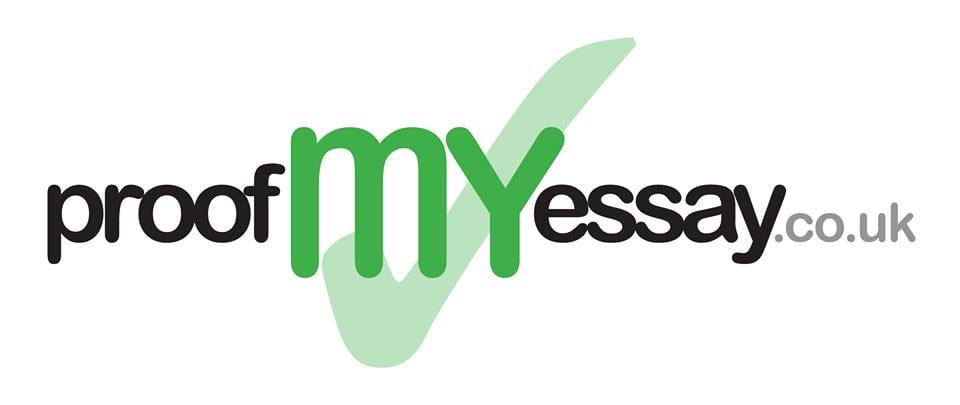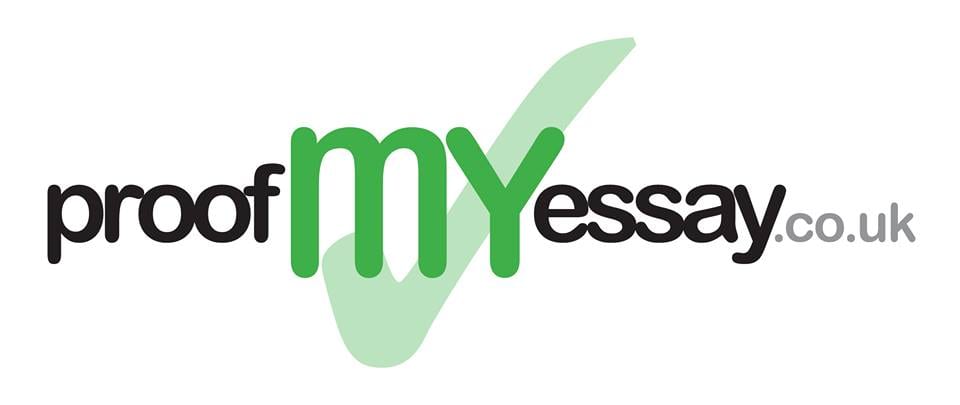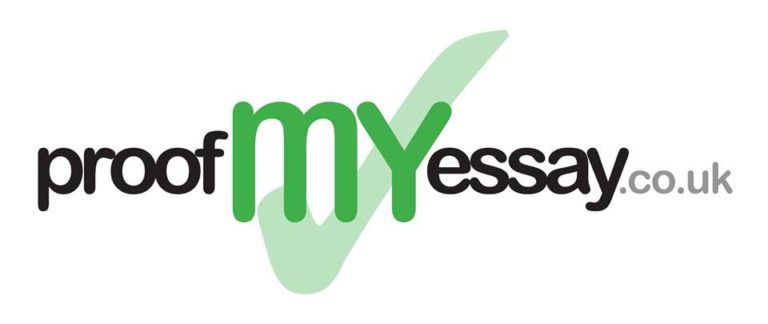Using the Harvard Referencing Style
The Harvard referencing style is an author-date system very widely used around the world. Many universities recommend the use of this format system, as it offers an easy way of reading academic works and facilitating the finding of bibliographic references.
The Harvard referencing style is used in almost any type of paper: from term papers, literature reviews, theoretical and empirical studies, to methodological articles, or other types of academic writings. Its main purpose is to provide an easy way of referencing sources in order to avoid suspicions of plagiarism and reinforcing the credibility of authors.
Manner of referencing
There are a number of sources you can cite within an academic paper: books, journals, Internet websites or newspaper articles are the most frequent. In order for the readers of your paper to pinpoint the original material, the Harvard referencing style consists of two elements, namely in-text citations and detailed references.
In-text citations are the mentioning between brackets the author’s name and the date in which his or her book has been published. There are a number of rules regarding in text citations:
– They need to be consistently presented all through your written paper.
– As stated above, in-text citations are written within round brackets, and normally found at the end of the sentence, before its concluding punctuation. Nevertheless, if a citation refers to a particular part of the sentence, the in-text citation needs to be inserted at the end of the respective clause. Another rule is that when an author’s name is included in the sentence, the citation appears directly after the name of the respective author.
– When there are more authors of a publication, their names appear in the brackets in the same order in the original order offered by the publication, separated by an ampersand “&”. Moreover, if their names are part of a sentence, use “and” to separate the last two names. Examples: “White and Jones (2011) have shown in their study that…” or “further research on the matter (Jefferson, O’Malley & Jones, 1998) has revealed that…”.
– If the author of a work cannot be identified, you must use the terms “Anonymous” or “Anon.” together with the title of the work in italics and the date of publication. In such cases, however, it is preferable that you make efforts for finding the author’s name, especially if the work acts as a piece of supporting evidence for your study. Example: “Marketing strategy (Anon., 1988) offers compelling evidence for…”.
References
The Harvard referencing style uses a list of sources at the end of your academic paper, where the full bibliographic details of each book, article, journal or website are listed. This list will enable your readers to easily locate any piece of information you have used in your study. All the items mentioned in the reference list need to be arranged in an alphabetical order of the authors. Every detail about the items in the reference list needs to be mentioned, such as publication year, publisher, authors, URLs in the case of websites, website accessing dates etc. We will expand on these in the following section. Furthermore, the Harvard referencing style forbids the use of personal communications like letters and informal emails in the reference list, but they may be cited in your text, if necessary.
The manner of referencing needs to be very precise, respecting the rules imposed by the Harvard referencing style. The name of the author is followed by the year of the publication, both in parentheses. This referencing style is to be placed at the end of your sentence. An alternative is mentioning the name of the author, putting only the year in brackets, if you refer to a work in a more direct manner.
Example one: “… this has also been proven by a number of studies. (Johnson, 1990)”.
Example two: “…of no more than fifty percent of all cases, as Johnson (1990) discovered after years of research.”
Direct quotes are another focal point of the Harvard referencing style: when quoting fragments of text of less than 30 words, you may simply incorporate your fragment in your text, within single quotation marks, together with the year of the publication and the page where it can be found, both in parentheses. When mentioning the pages, precede them with “p.” when you cite a single page, and “pp.” for page ranges.
Example: “the risk being of monumental importance” as Gordon (2000, p. 51) stated.
For quotes of more than 30 words, a double space block of1.3 cmof indent will contain the text fragment, without any quotation marks. Furthermore, it should be introduced by your own words.
Example:
Mark L. Kutner further explains this aspect of physics: Once the concept of time becomes suspect, the concept of length must also be reinvestigated. Think of how we measure the length of an object. We measure the positions of the two ends and take the difference between two positions. For this procedure to have any meaning, the measurements must be carried out simultaneously. (Kutner 2003, p. 129)
In other instances, an author might quote another author. The Harvard referencing style specifies that you acknowledge both the primary and the secondary sources, providing the details for both of them in your reference list. For example, if an author named Gordon cites another one named Jackson, your text should look like this:
Jackson (cited in Gordon, 2010) has offered compelling evidence about the following facts:
or:
We have much evidence to back up this claim (Jackson, cited in Gordon, 2010).
Book referencing in the source list
The Harvard referencing style has the following rules for mentioning book details in the source list:
– The titles are written in italics.
– The order in which book information appears is the following: publication year, book title, title of the series, edition, editor, volume number or the number of volumes, publisher, the place of publication, and pages.
– The Harvard referencing style recommends minimal capitalisation: you ought to limit capitalisation to proper nouns and the first word of a title. Subtitles are not capitalised; separate subtitles from the book’s main title using a colon.
– When there is no author, list the source using the first significant word in its title, or by the name of the editor, where available.
This is how you should list the bibliographical details in the Harvard referencing style:
Chapter in a book should be written like this:
Author, A., Author, B., and Author, C. Year. Chapter title: Subtitle. In: Editor A and
Editor B (eds) Book Title. Place: Publisher, 00–00.
Articles in a journal are written like this:
General: Author, A., Author, B., and Author, C. Year. Article title: Subtitle. Journal vol(issue): 00–00.
Example of book reference
Kohler-Koch, B., and Rittberger, B. 2002, Debating the Democratic Legitimacy of the European Union. Rowman & Littlefield.
Referencing a chapter in a book:
Watkins, E., Houston, B., and Stiller, A. 2005. Carbohydrate Basics: Sugars, Starches and Fibers in Foods and Health. In: Culinary Nutrition: The Science and Practice of Healthy Cooking. Oxford: Elsevier, 80-120.
Referencing an article from a journal
Fussey P., Coaffee, J., and Armstrong, G. 2012. The bid, the lead-up, the event and the legacy: global cultural politics and hosting the Olympics. The British Journal of Sociology, 63(2): 260-284
Different works of the same author and same year
When having multiple books written by the same author, they are usually differentiated by the year of publication, which is also the main ordering criterion; if you happen to reference two books of the same author and published in the same year, the Harvard referencing style demands the use of lower-case letters like “a”, “b” or “c” after their publication year, when citing them in-text and in the reference list.
Will, U. 1993, Concurrency Control in Hypertext Systems, Seattle.
Will, U. 1999a, Evolving Hypermedia Middleware Services, San Antonio.
Will U. 1999b, Hypermedia Research Directions, ACM Computing Surveys.
Referencing unpublished thesis
Connolly D.K. 1998. Imagined pilgrimage in gothic art: Maps, manuscripts and labyrinths. ProQuest Digital Dissertation database, University of Chicago.
Referencing newspapers
Buckerman, O. 2012. Do you know what you don’t know? The Guardian, 20 September, p. 5
Here is also a list of abbreviations used for reference lists:
|
ch. |
chapter |
|
edn |
edition |
|
ed. ( eds) |
editor (editors) |
|
n.d. |
no date |
|
p. (pp.) |
page (pages) |
|
ser. |
series |
|
suppl. |
supplement |
|
rev. |
revised |
|
trans. |
translator(s) |
|
vol. |
volume (as in vol. 3) |
|
vols |
volumes (as in 3 vols.) |
Website referencing
The Harvard referencing style has requires that full URLs are to be included when citing online websites, together with the dates on which the author of the study has accessed them. Here are several relevant examples:
– Webpages with no author are cited like this: The pattern of pre-Mezozoic vertebrate evolution, 1998. [online] Available at: <http://www.evolutionsstudies.org/ page=1022> [Accessed 17 February 2000].
– Web documents: Department of Industry and Resources, 2011. The Consequences of China’s Economy Boost, U.S. Government. [online] Available at: < http://www.usa.gov/Citizen/Topics/3214.shtml>. [Accessed 17 February 2000].
– Websites: U.K. Stock Exchange, 2011. Market Information. . [online] Available at: <http://www.londonstockexchange.com/home/homepage.htm> [Accessed 17 February 2000].
For more detailed information about the Harvard referencing style, consult the dedicated sections from websites such as: Anglia Ruskin University, or Monash University.
Are you struggling with the perfect Harvard Format in your essay? Academic Sciences is able to provide custom essays and model answers which can help you manage your Harvard Format essay writing and get the grade you want. We have a variety of solutions available to you to suit both your academic level, time frame and budget. Have a look through our academic guides and if you are still struggling, consider giving us a call or placing an order for an essay on-line.
[two_columns height=”210″ border=”border”]
[list style=”orb” color=”blue”]
- If you wish to speak to one of our friendly consultants, please call: 0203 011 2240
- Text/whatsapp 07799 422 993
- And it is even easier to ping us an on-line message!
[/list]
[/two_columns] [two_columns_last height=”210″ border=”border”] [imageeffect type=”frame” align=”aligncenter” width=”300″ lightbox=”yes” height=”198″ alt=”*To order now, click here!*” url=”wp-content/uploads/2012/05/Order-Now.png” link=”http://academicsciences.co.uk/prices/” titleoverlay=”yes”] [/two_columns_last]
[hozbreaktop]




